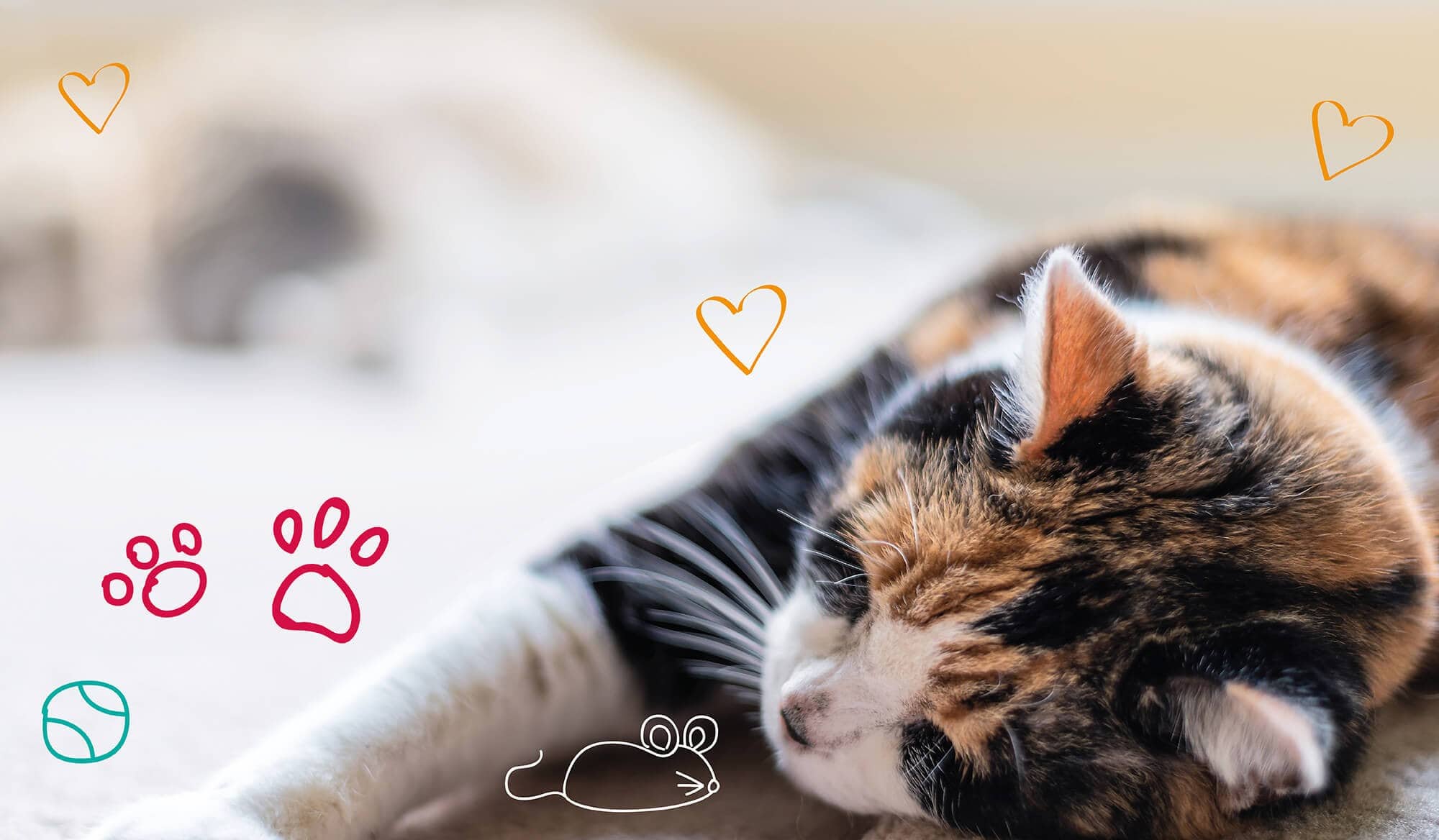Cat grooming tips: How to turn a clawsome experience into a purrfect one
Whether your feline friend is a longhair or a shorthair breed, he or she will benefit from a regular cat grooming routine.
Unsurprisingly, longhair breeds need more substantial grooming to maintain a sleek appearance and to prevent their coat from matting, which could otherwise prove uncomfortable for your cat.
While shorthair cats require less maintenance in comparison, they still need some level of grooming. For cats in general, regular grooming will cut down on your cat’s need to groom themselves. This can reduce the likelihood of hairballs, which could potentially lead to intestinal blockages if they’re not coughed up; this’ll require emergency surgery.
Here are our top tips for grooming your feline friend.
Items you’ll need to start grooming
A stainless steel, wide set comb with round teeth is typically recommended. A ‘flea’ comb with close set teeth can also prove useful, as can a rubber brush to get rid of dead fur. A grooming mitten or pad will help to loosen more dead fur for longhaired cats.
How to groom your cat
Longhaired cats will need daily grooming. Shorthaired cats can be groomed on a weekly basis.
Gently comb your cat’s coat from head to tail in the direction of hair growth. If your cat will let you, you can also follow this up by brushing upwards against the direction of the fur growth using a bristle brush and then brush downwards but many cats dislike this. When grooming longhaired cats, it’s often recommended that you massage the skin beforehand by running your fingers against the direction of fur growth from head to tail to loosen any dead fur.

With longhaired cats, be careful around our cat’s armpits and between the back legs; both of these can be sensitive areas that require a gentle touch. Knots are relatively common here. If you come across any, patiently tease them apart with your fingers. Never use scissors to cut out the knot as there is a big risk of cutting your cat’s skin. Knots are also common between the toes and pads of the feet. After grooming, use a rubber mitten or pad to get rid of any remaining dead fur. Finally, ensure a sleek appearance by using a grooming comb.
Making it enjoyable
Intersperse grooming and petting to encourage your cat to see it in a positive light.
Always be gentle; he or she will not appreciate exuberant and enthusiastic brushing! This could be irritating and painful for your cat and will make for an unpleasant experience.
If your feline friend is not receptive to it, try using some tasty treats to distract their attention while you start.
Don’t feel that you have to complete the whole process in one session. If your cat has had enough for one day, trying to convince him or her to stay put can put them off altogether. A few shorter sessions of five to ten minutes spread out over a series of days can work a lot better and is much less likely to encourage your cat to associate grooming with negative feelings and connotations.
Professional cat groomers
Shorthair breeds can usually be groomed sufficiently at home but if you own a longhair cat, you may choose to call on the services of a professional groomer from time to time.
Employing a professional groomer can be preferable for your cat as they will have the skills to detangle the coat of a longhair cat with minimum fuss and trauma, which is not always possible with at-home grooming. However, as this could quickly become expensive on a regular basis given the amount of grooming needed for most longhair cats, this will often just be used for severe matting to reduce the risk of injuring your cat by tackling the problem yourself.
Cats are full of surprises…but our cat insurance isn’t. Why not cover your feline friend throughout all of their adventures? Getting a cat insurance quote only takes a couple of minutes.
You might also be interested in…
Get a quote in minutes…

Existing customers
Call now on 0808 164 7999
to discuss your policy with us.
Monday - Friday: 08:00 - 20:00 Saturday: 09:00 - 14:00





 Back
Back
